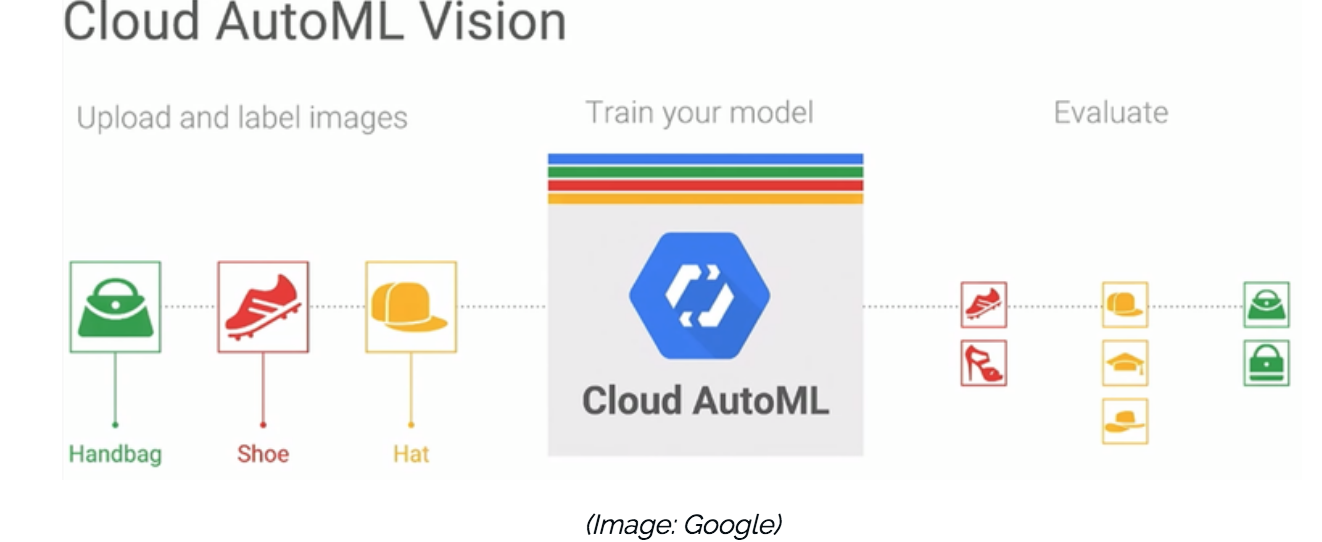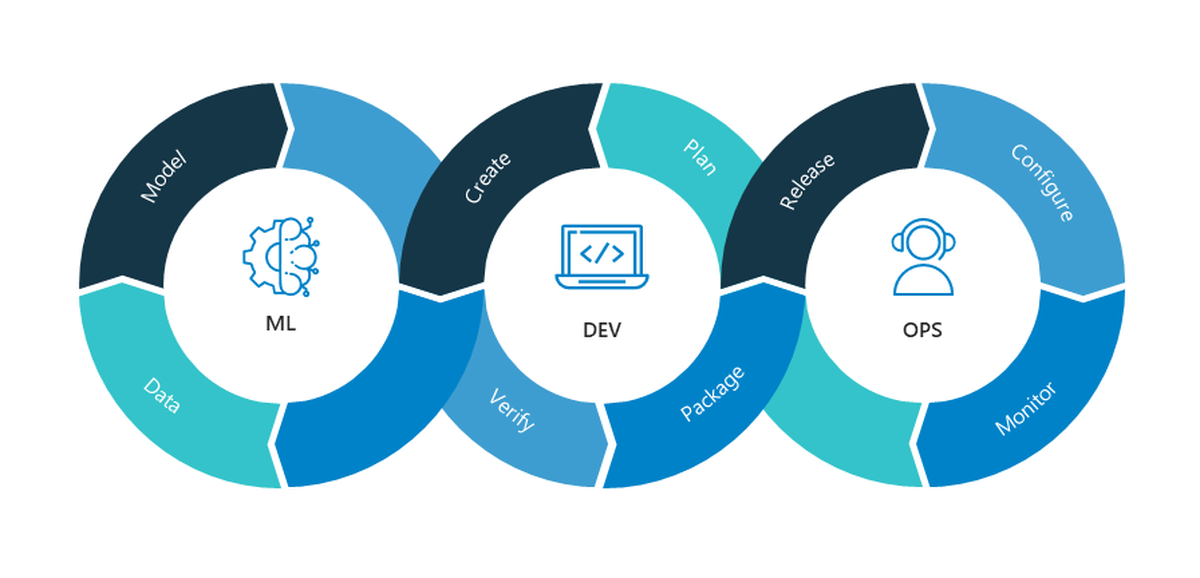Introduction
In September 2021, Gartner released a separate report on artificial intelligence technologies, ranging from conceptual concepts like neural networks to hardware implementations of Machine Learning algorithms in the form of industrial robots and unmanned vehicles.
Notably, in this report, autonomous vehicles (drones, unmanned cars, and other vehicles) are now at the bottom of frustration, while Automatic Machine Learning (AutoML), Explainable AI (XAI), chatbots, and other conversational user interfaces are at the peak of inflated expectations. And in general, speech recognition systems and video card-based process acceleration (GPU) tools have reached a productivity plateau.
From the point of view of industrial applications, the most promising are technologies for creating robotic software for the automation of production processes and calendar planning. These trends correlate with the most in-demand trends in the Internet of Things, which people have been discussing since 2019.
ML Trend #1 – AutoML
AutoML is Automated machine learning or AutoML. To tell the truth, the AutoML paradigm is about having one big button that lets you “build a good model”.
AutoML is often positioned as a tool aimed at business representatives who do not have technical expertise. As a result, Data Science problems can be solved by someone without any special technical education.
The popularity of such tools grows every day, but it is too early to talk about AutoML as a stand-alone approach, especially in the context of large corporations.
ML Trend #2 – XAI
We are talking about Explainable Artificial Intelligence (Explainable AI or XAI).
The fact is that it is extremely important for the business user to understand the logic behind the decision-making, which is more typical for areas of activity that were historically dominated by easily interpretable models such as logistic regression or decision trees (calculation of credit risks, targeted marketing, insurance).
Recently, methods like LIME and XSHAPE have been closing the gap between interpretation and accuracy and, judging by the activity in the academic environment, they are expected to spread further.
ML Trend #3 – RL

RL or Reinforcement Learning is learning with reinforcement and is essentially a development of the concept of continuous A/B testing with the only difference that instead of two segments we have thousands of them, and the process functions continuously.
Once it was used only for games, but in recent years it has been used to solve great business problems. Today experts continue to improve the methods of using RL for business. There are already lots of successful application cases on the market:
– choosing the most appropriate campaign in marketing optimization;
– personalization of pages and mailings in digital marketing;
– work with bad debts in credit risks, etc.
ML Trend #4 – graph analytics

Graph analytics refers to a set of methods that focus on analyzing the structure of relationships between entities, rather than the properties of those entities. For example, connections between people in social networks, connections of bank account through transfers passing through these accounts, different ownership structures, etc.
The methods of graph analytics are used to analyze the structure of relations and to identify non-obvious relations. As for the ML problems, graph analytics gives the opportunity to build stronger predictors – variables that describe the neighborhood of the entity of interest. For example, we can answer the question of how the credit rating of the firm is affected by the rating of its counterparties.
Using methods of graph analytics, you can be limited not only to direct links but also to neighborhoods by links of different lengths.
Today graphs are successfully used to analyze entities that have a “natural” network structure, such as social networks. It is predicted that graphs for entities with non-obvious network structures will become more and more frequent. Such graphs are good for building sequences of customer events or analyzing cause-effect relationships for marketing communications management tasks.
ML Trend #5 – ModelOps
MLOps (Machine Learning Operations) is a kind of DevOps for machine learning that helps standardize the process of developing machine learning models and reduces the time to roll them out into production.
MLOps helps to break down the barrier between Data scientists and Data engineers. What often happens is that the Data Scientist experiments develop a new model, gives it to the Data Engineer, and goes off again to set up new experiments and try new models. And the Data Engineer tries to deploy that model in production, but since he was not involved in its development, it may take about several months to do so. It can take up to six months from the time he starts developing the model to its deployment in production. All that time the model is not working and useful, the data becomes obsolete, and the reproducibility of experiments becomes an issue.
With MLOps, the new model is quickly put into production and begins to benefit the business. MLOps also solves model tracking, versioning, and model monitoring tasks in production.
If you use the MLOps approach and special tools, like Kubeflow, in conjunction with proper planning, such as at planyway.com, you can significantly speed up the process of rolling out experimental models into production, which means that they will solve business problems faster.
It is normal that the utilization of MLOps will keep away from regular mistakes and issues looked at by Data Scientists working as per the traditional periods of CRISP-DM. We’ll discuss the different advantages this idea brings to the business next.
The media shown in this article are not owned by Analytics Vidhya and is used at the Author’s discretion.









I could not find the XSHAPE method you mentioned in trend #2 as for XAI. Could you please provide a link to any resource talking it?
Thanks for sharing the important information with us, Keep sharing
Nice information which is very valuable to us, Keep sharing